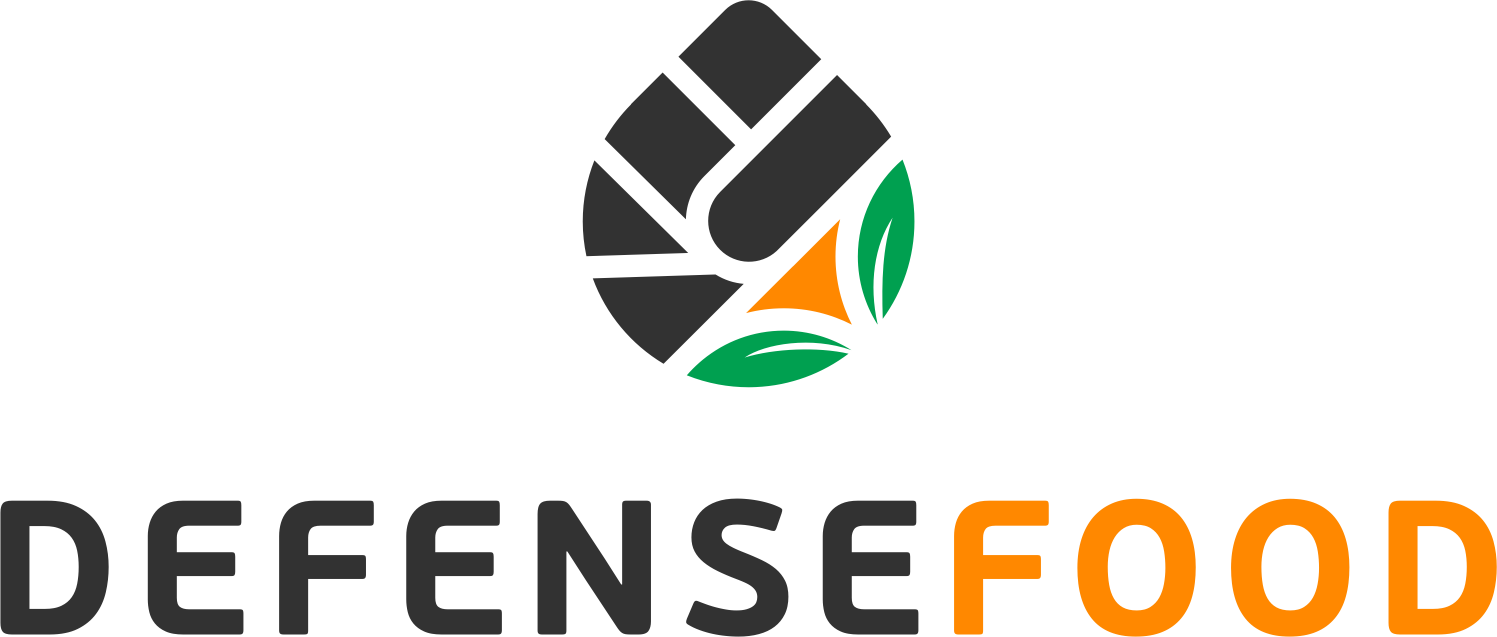Defending Food Systems
through Science
and Innovation
DEFENSEFOOD:
Detection and Enhanced Food Safety and Security
through Efficient Networks for Supply Chain Enhancement
DEFENSEFOOD aims to strengthen Europe’s food supply chain against chemical, biological, and radiological threats (CBR). It will develop advanced detection tools, preparedness protocols, and recovery strategies, combining scientific research, innovative technologies, and insights from crises. The project’s goal is to safeguard public health, ensure food security, and support economic stability.
The project’s main objectives are structured around six pillars
01
Novel AI-driven tool
Adapt and develop a novel, AI-driven, evidence-based scanning dashboard to anticipate changes in the food system environment
02
Rapid detection
Develop rapid detection methods, integrating novel targeted and untargeted analysis tools and leveraging monitoring systems in EU member states
03
Impact reduction
Identify, develop, and test methodologies for reducing the impact of CBR threats on the food supply chain while enhancing the chain’s recovery potential
04
Response mechanism
Optimise coordination among EU and international security authorities, improving cross-border response mechanisms to food terrorism threats
05
Decision-support tools
Create knowledge management and decision-support tools to enable early detection, impact reduction and fast recovery of the supply chain from food contamination crises
06
Improve awareness
Improve awareness and preparedness of food system actors (mainly authorities and SMEs) to CBR threats through targeted training and capacity-building initiatives
APPROACHDEFENSEFOOD
| Predict | Detect | Adapt | Protect

Resilience across
the food chain
DEFENSEFOOD employs a multi-disciplinary research methodology to address the complex challenges of CBR threats in food systems.
The project will establish resilience across the food chain by leveraging predictive and simulation models, state-of-the-art detection technologies, effective response and recovery protocols, social science methodologies, knowledge management, and multi-stakeholder capacity building.
Three food supply Use Cases to test intervention methods
Advanced predictive analytic tools
A broad and novel CBR screening and identification pipeline
Enhanced Safety Assurance Systems
Laboratory Based Techniques
Knowledge Management Systems
Meet our top engineers and experts
What our clients say
Recent news
Sign up for our newsletter
Get our project news as soon as they happen















